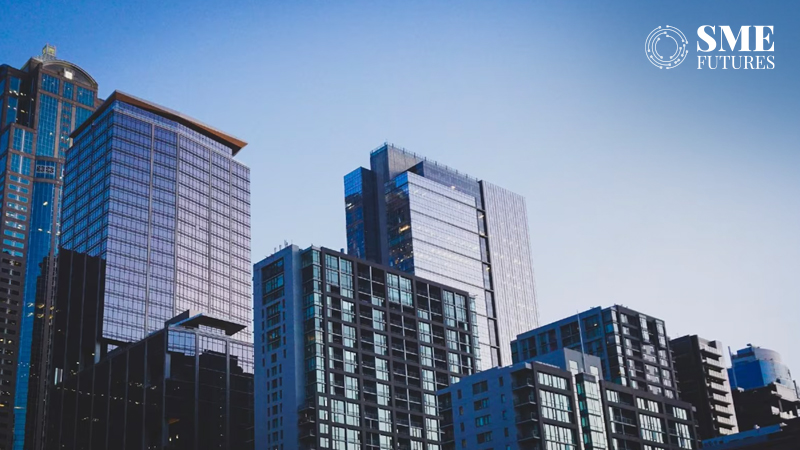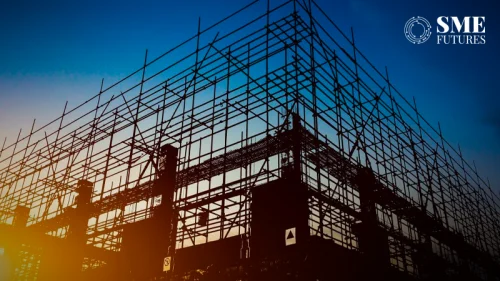The Indian real estate market has witnessed a remarkable surge over the last five years, with property prices in several key cities experiencing unprecedented growth. According to recent data, residential prices in some of the most active micro-markets have soared by as much as 90%, a trend driven by a confluence of factors, including heightened demand, strategic new supply, and evolving buyer preferences.
A closer look at numbers
The most staggering price hike was recorded in Bengaluru’s Bagaluru, where residential prices shot up by a phenomenal 90% between 2019 and the first half of 2024. What was once a relatively affordable locality, with average prices around INR 4,300 per square foot, has now become a coveted area with rates touching INR 8,151 per square foot. This sharp increase can be attributed to the significant new supply in the region, with over 17,000 units launched in the past five years. Interestingly, more than 94% of these new launches were in the mid to premium segments, catering to the rising demand from an increasingly affluent population.
Anuj Puri, Chairman – ANAROCK Group says “A deeper dive reveals that of the total new supply launched in this micro market since 2019, over 94% was in the price bracket of INR 40 lakh to INR 1.5 Cr – the mid and premium segments. The remaining 6% was in the luxury segment priced >INR 1.5 Cr. Tellingly, there was no new affordable supply in this locality.”
Hyderabad’s Kokapet isn’t far behind, registering an 89% price appreciation during the same period. The area has transformed into a hotspot for luxury living, with half of the new launches priced above INR 2.5 crore. This shift towards ultra-luxury properties reflects the growing aspiration of buyers in Hyderabad, as well as the city’s burgeoning reputation as a tech hub with a high quality of life.
In Bengaluru, another locality, Whitefield, saw an 80% rise in residential prices, underscoring the city’s overall dominance in the real estate sector. Whitefield’s evolution from an IT corridor to a well-rounded residential area has been swift, with around 18,600 new units launched in recent years, primarily targeting the mid to premium market. The average price here now stands at INR 8,600 per square foot, a significant leap from INR 4,765 per square foot in 2019.
Factors fuelling surge
Several factors are contributing to this upward trend in real estate prices. The most significant is the robust demand for quality housing, driven by a growing middle and upper-middle class, many of whom are now prioritizing home ownership over renting. This shift in mindset has been particularly pronounced in cities like Bengaluru and Hyderabad, where the IT sector continues to attract a young, professional workforce with substantial purchasing power.
Another critical driver is the strategic supply of new residential units. Developers have been astute in launching projects that cater to specific market segments, particularly the mid to premium categories. This targeted approach has not only met the rising demand but also pushed prices higher, as buyers are willing to pay a premium for properties that offer modern amenities, good connectivity, and proximity to workplaces.
Additionally, the post-pandemic recovery has played a role in the price surge. With remote working becoming a norm, there has been an increased interest in spacious, well-located properties, further intensifying demand in certain micro-markets. Moreover, the reduction in interest rates on home loans and favourable government policies, such as tax incentives for first-time homebuyers, have made real estate a more attractive investment option.
Cities to watch: Rise of new hotspots
While Bengaluru and Hyderabad have been the frontrunners, other cities are also witnessing significant real estate growth. The Dwarka Expressway in the National Capital Region (NCR), for example, has seen prices rise by 79%, driven by its strategic location and improved infrastructure. Similarly, Bengaluru’s Sarjapur Road has recorded a 58% price increase, thanks to its proximity to major IT hubs and the influx of new residential projects.
In Mumbai Metropolitan Region (MMR), Panvel has emerged as a key residential hotspot, with prices increasing by 50% over the last five years. The area’s connectivity to Mumbai via the upcoming Navi Mumbai International Airport and the Trans-Harbour Link has made it an attractive option for both investors and homebuyers.
Future outlook
As we look ahead, the real estate market in these cities is likely to remain robust. The continued expansion of infrastructure, coupled with sustained demand from both end-users and investors, will keep prices on an upward trajectory. However, the pace of growth may vary depending on factors such as economic conditions, government policies, and global trends.
For potential buyers, the key takeaway is that investing in real estate in these top-performing cities could yield significant returns, provided they choose the right micro-market and property segment. As for the developers, the challenge will be to maintain this momentum by continuing to offer products that resonate with the evolving needs and aspirations of today’s buyers.











